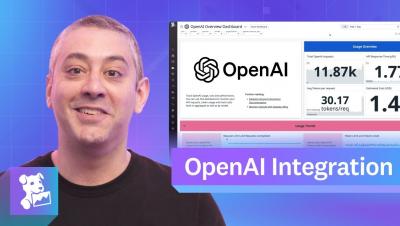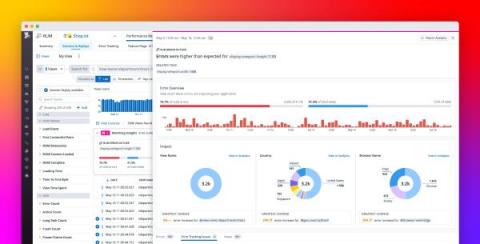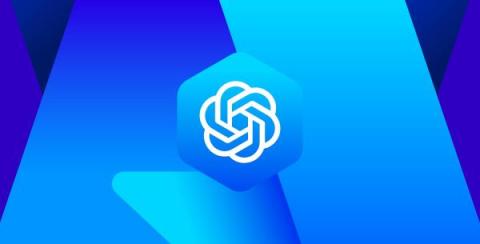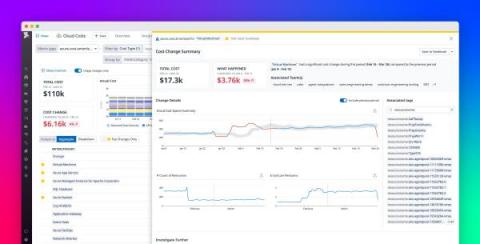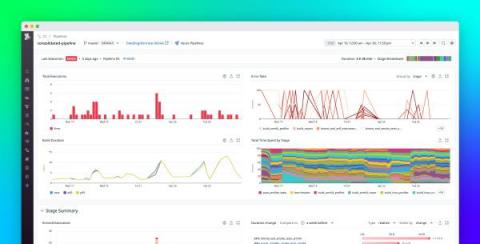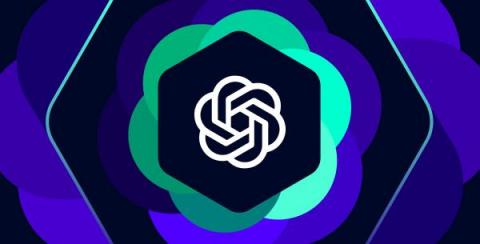Operations | Monitoring | ITSM | DevOps | Cloud
Datadog
Automatically identify and efficiently investigate frontend issues with RUM Watchdog Insights
When your applications are experiencing degraded frontend performance, every minute of investigation counts towards minimizing the impact of regressions on your users. That’s why we built Watchdog Insights, an AI-powered recommendations engine that augments monitoring investigations by intelligently surfacing data that sheds light on outliers in the errors and latency affecting your applications.
Monitor Azure OpenAI with Datadog
Azure OpenAI is a service for deploying AI applications on Azure resources. With its easy-to-use REST APIs, you can leverage the service to access OpenAI’s powerful language models, such as ChatGPT, for your applications while taking advantage of the reliability and security of the Azure platform. Datadog already offers an out-of-the-box integration for OpenAI so you can monitor key performance trends, such as API usage patterns, token consumption, and more.
Avoid Azure migration cost overruns with Datadog Cloud Cost Management
Migrating your on-prem applications to Azure can help you improve scalability, reliability, and security. It can also help reduce costs and free your engineering teams to focus on innovation and performance optimization. But it can be hard to understand Azure costs as they evolve during your migration and to see how they correlate with your resource utilization once you’re up and running in Azure.
Monitor mainframe activity with Bottomline's Record and Replay offering in the Datadog Marketplace
Many organizations have faced the complex challenges that come with mainframe monitoring. MIPS-based cost models make native mainframe software expensive, and deploying individual agents to user desktops and devices is difficult to maintain and scale.
Enable monitoring for enterprise-scale Azure environments in minutes with Datadog
As enterprises build and scale business-critical applications on Azure, they need continuous visibility to understand the health and performance of their services. This can be a challenge, especially for enterprises with large-scale deployments that include an ever-increasing number of subscriptions, resources, and teams.
Monitor Azure Pipelines with Datadog CI Visibility
End-to-end visibility into pipelines is crucial for ensuring the health and performance of your CI system, especially at scale. Within extensive CI systems—which operate under the strain of numerous developers simultaneously pushing commits—even the slightest performance regression or uptick in failure rates can compound rapidly and have tremendous repercussions, causing major cost overruns and impeding release velocity across organizations.
Monitor your Roku channels with Datadog RUM
Roku is a popular streaming platform that allows users to access a wide variety of TV shows, movies, and other types of online video content. With its easy-to-use interface and affordable hardware, Roku has become one of the most popular streaming platforms in the world. At the end of 2022, Roku reported having over 70 million active users, with content available through 350+ channels.
A gentle introduction to XDP
XDP, or eXpress Data Path, is a Linux networking feature that enables you to create high-performance packet-processing programs that run in the kernel. Introduced in Linux 4.8 and built on extended Berkeley Packet Filter (eBPF), XDP provides a mechanism to process network packets earlier and faster than is possible through the kernel’s native network stack. In this post, we’ll discuss.
Monitor your OpenAI usage with Datadog
OpenAI is an AI research and development company whose products include the GPT family of large language models. Since the introduction of GPT-3 in 2020, these models’ fluent and adaptable processing of both natural language and code has propelled their rapid adoption across diverse fields. GPT-4, ChatGPT, and InstructGPT are now used extensively in software development, content creation, and more.


